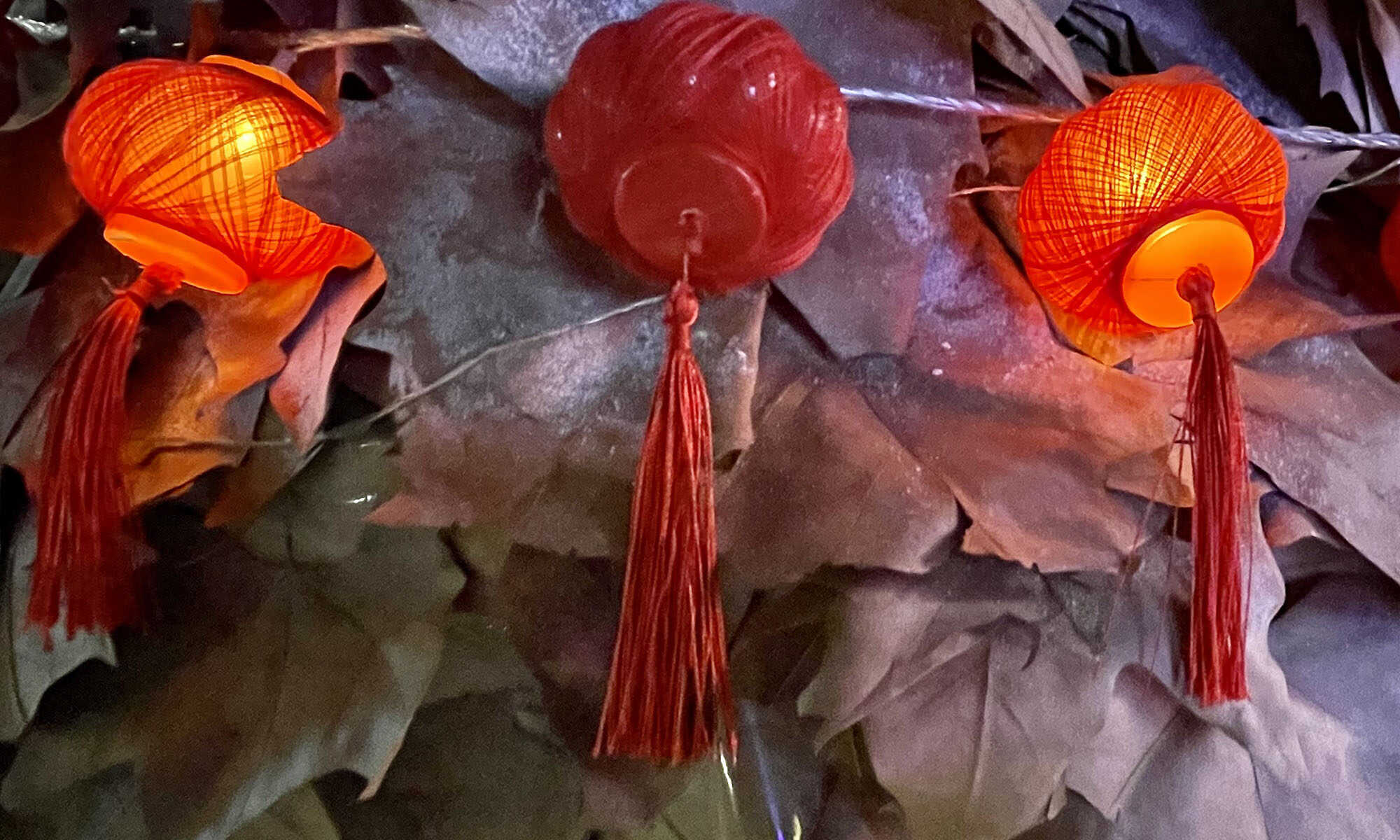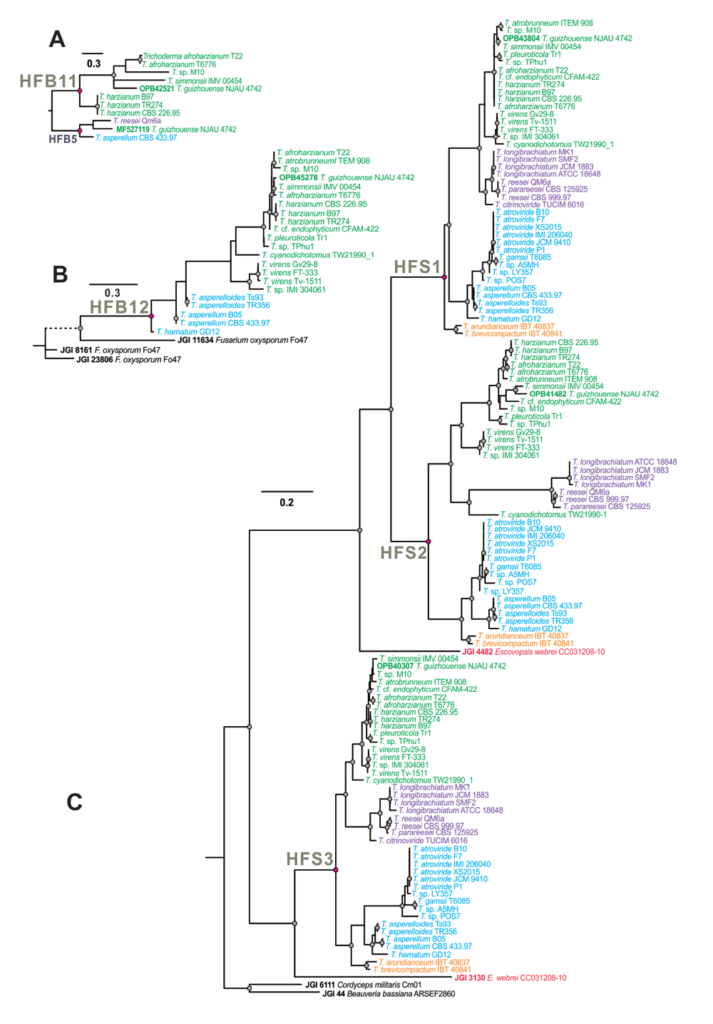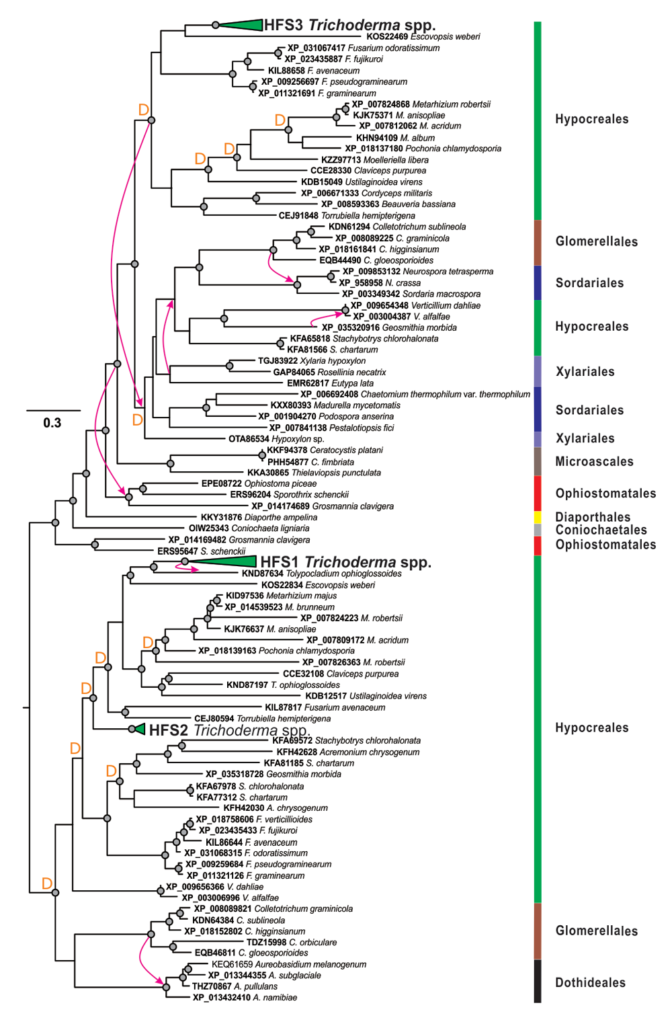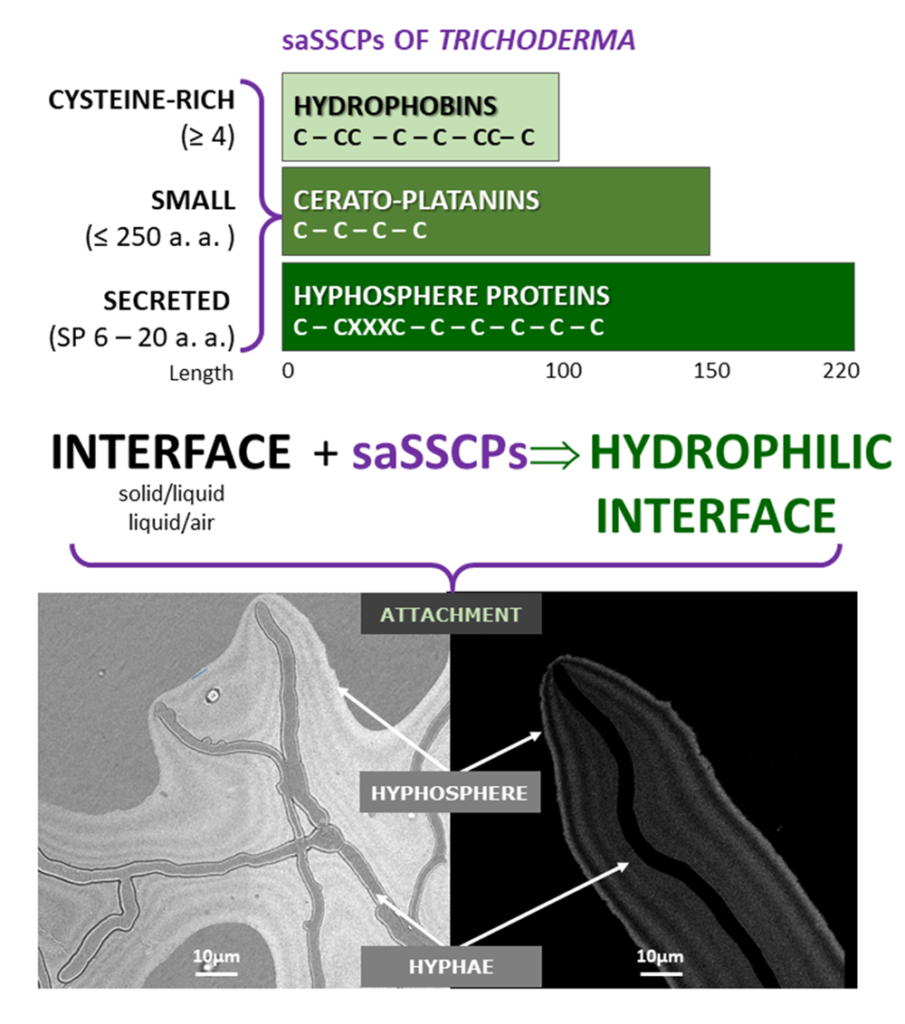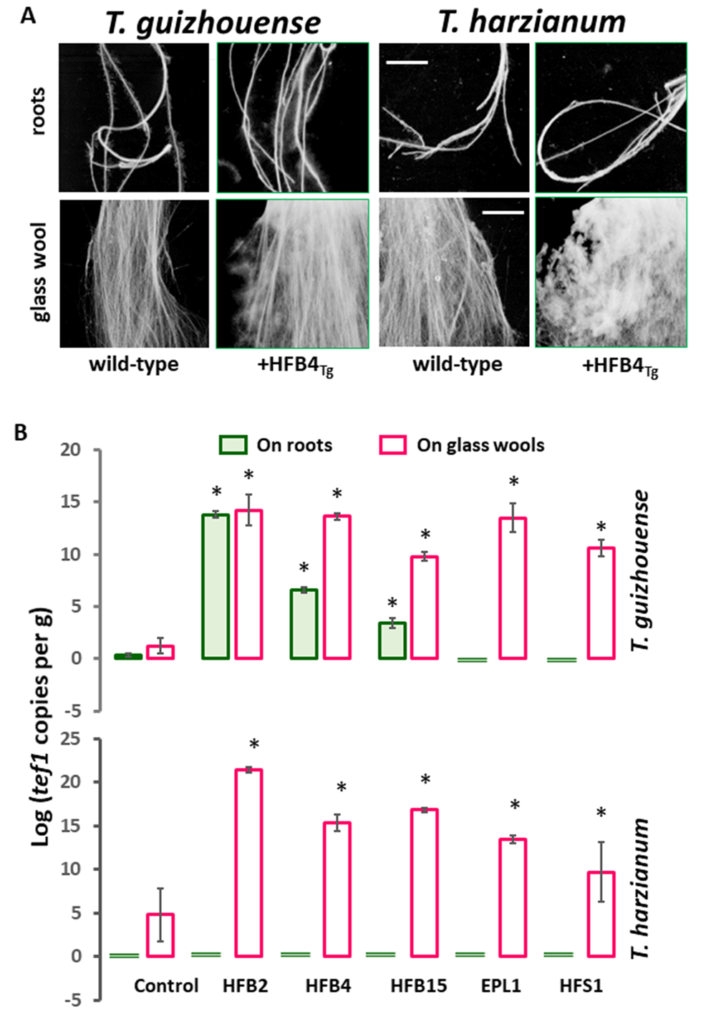Zhao, Z., Cai, F., Gao, R., Ding, M., Jiang, S., Chen, P., Pang, G., Chenthamara, K., Shen, Q., Bayram Akcapinar, G. and Druzhinina, I.S. (2021), At least three families of hyphosphere small secreted cysteine-rich proteins can optimize surface properties to a moderately hydrophilic state suitable for fungal attachment. Environ Microbiol. https://doi.org/10.1111/1462-2920.15413
The secretomes of filamentous fungi contain a diversity of small secreted cysteine-rich proteins (SSCPs) that have a variety of properties ranging from toxicity to surface activity. Some SSCPs are recognized by other organisms as indicators of fungal presence, but their function in fungi is not fully understood. We detected a new family of fungal surface-active SSCPs (saSSCPs), here named hyphosphere proteins (HFSs). An evolutionary analysis of the HFSs in Pezizomycotina revealed a unique pattern of eight single cysteine residues (C-CXXXC-C-C-C-C-C) and a long evolutionary history of multiple gene duplications and ancient interfungal lateral gene transfers, suggesting their functional significance for fungi with different lifestyles. Interestingly, recombinantly produced saSSCPs from three families (HFSs, hydrophobins and cerato-platanins) showed convergent surface-modulating activity on glass and on poly(ethylene-terephthalate), transforming their surfaces to a moderately hydrophilic state, which significantly favoured subsequent hyphal attachment. The addition of purified saSSCPs to the tomato rhizosphere had mixed effects on hyphal attachment to roots, while all tested saSSCPs had an adverse effect on plant growth in vitro. We propose that the exceptionally high diversity of saSSCPs in Trichoderma and other fungi evolved to efficiently condition various surfaces in the hyphosphere to a fungal-beneficial state.
